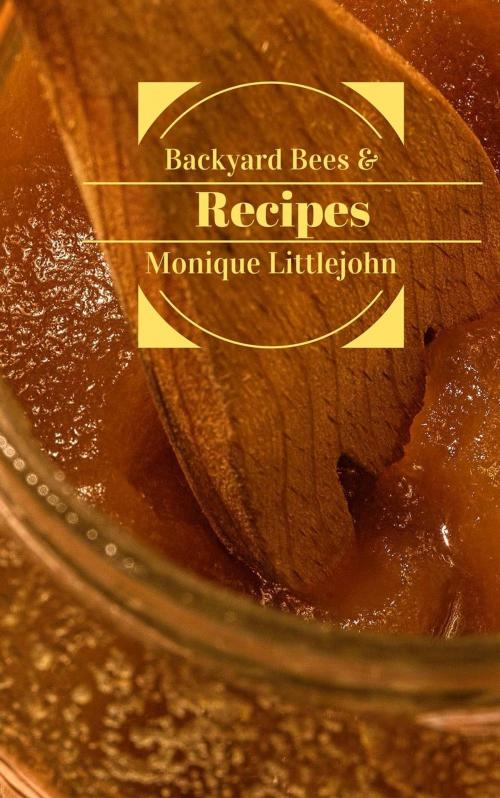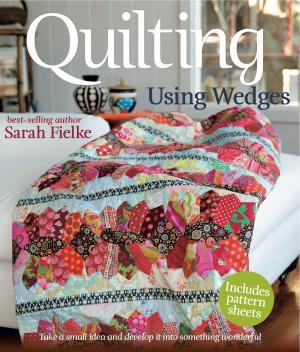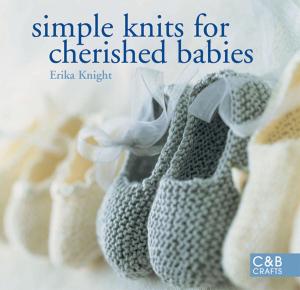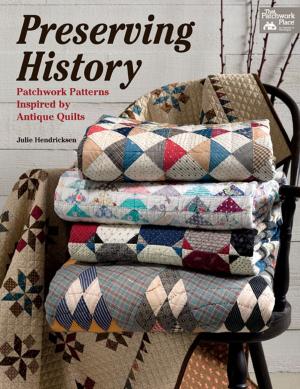Backyard Bees and Recipes
Nonfiction, Food & Drink, Healthy Cooking, Natural Foods, Science & Nature, Technology, Agriculture & Animal Husbandry, Home & Garden, Crafts & Hobbies| Author: | Monique Littlejohn, Reverend Langstroth | ISBN: | 9781516360741 |
| Publisher: | Monique Littlejohn | Publication: | August 3, 2015 |
| Imprint: | Language: | English |
| Author: | Monique Littlejohn, Reverend Langstroth |
| ISBN: | 9781516360741 |
| Publisher: | Monique Littlejohn |
| Publication: | August 3, 2015 |
| Imprint: | |
| Language: | English |
I became interested in bee keeping shortly after my daughter, Julia was born. Since she attended public child care starting at 6 months old, she caught just about every bacterial and viral infection that was possible. Most, of course, were viruses, but she had a recurring ear infection that seemed to only respond to antibiotics. Unfortunately, because she was exposed to so many different kinds of antibiotics at such a young age, she became allergic to an entire class of antibiotics. It was so scary when she developed a bright red rash all over her body and swelled up with serum like sickness. Only steroids could help relieve her discomfort. It was so much to go through for a 2 year old!
Thankfully, our doctor recommended that instead of using antibiotics, we should try giving her a spoonful of honey every couple of hours when she was showing symptoms and then daily thereafter. You see, honey is a natural antibiotic! Who knew? I didn’t, but many ancient cultures have been using honey, not only as a delicious food and beverage but also for medicinal and health purposes.
Besides the cost and fecundity of the bees, raising bees really hasn’t changed much since the early 1800s. It costs around $300 US dollars start a hive and have all of the equipment that you need. Unfortunately, the biggest difference in raising bees compared to the 1800s is that they are dying off at alarming rates. At the last count, the world’s bee population has dropped by a whopping 80% due to pesticides, GMOs, and pests. It is up to the backyard beekeeper who has a small plot of pesticide free land and homeowners associations to bring the bees back.
The first section of this book will give the basics of bee behavior through excerpts from Rev. L. L. Langstroth’s book on the subject, written in the mid 1800s. Part two is developed to provide you with frequently asked questions and answers about beekeeping – written with modern beekeeping practices in mind. Part three is all about what to do with your remaining honey. You will find 177 recipes for both skincare and food.
If you are interested in this subject, this is a good introduction, but the best way to get into the hobby is by joining a beekeeping group in your area. They are a friendly bunch, and when you experience your first swarm, it will be good to know that you can call on experienced beekeepers. Now, let’s save the honey bee!
I became interested in bee keeping shortly after my daughter, Julia was born. Since she attended public child care starting at 6 months old, she caught just about every bacterial and viral infection that was possible. Most, of course, were viruses, but she had a recurring ear infection that seemed to only respond to antibiotics. Unfortunately, because she was exposed to so many different kinds of antibiotics at such a young age, she became allergic to an entire class of antibiotics. It was so scary when she developed a bright red rash all over her body and swelled up with serum like sickness. Only steroids could help relieve her discomfort. It was so much to go through for a 2 year old!
Thankfully, our doctor recommended that instead of using antibiotics, we should try giving her a spoonful of honey every couple of hours when she was showing symptoms and then daily thereafter. You see, honey is a natural antibiotic! Who knew? I didn’t, but many ancient cultures have been using honey, not only as a delicious food and beverage but also for medicinal and health purposes.
Besides the cost and fecundity of the bees, raising bees really hasn’t changed much since the early 1800s. It costs around $300 US dollars start a hive and have all of the equipment that you need. Unfortunately, the biggest difference in raising bees compared to the 1800s is that they are dying off at alarming rates. At the last count, the world’s bee population has dropped by a whopping 80% due to pesticides, GMOs, and pests. It is up to the backyard beekeeper who has a small plot of pesticide free land and homeowners associations to bring the bees back.
The first section of this book will give the basics of bee behavior through excerpts from Rev. L. L. Langstroth’s book on the subject, written in the mid 1800s. Part two is developed to provide you with frequently asked questions and answers about beekeeping – written with modern beekeeping practices in mind. Part three is all about what to do with your remaining honey. You will find 177 recipes for both skincare and food.
If you are interested in this subject, this is a good introduction, but the best way to get into the hobby is by joining a beekeeping group in your area. They are a friendly bunch, and when you experience your first swarm, it will be good to know that you can call on experienced beekeepers. Now, let’s save the honey bee!















